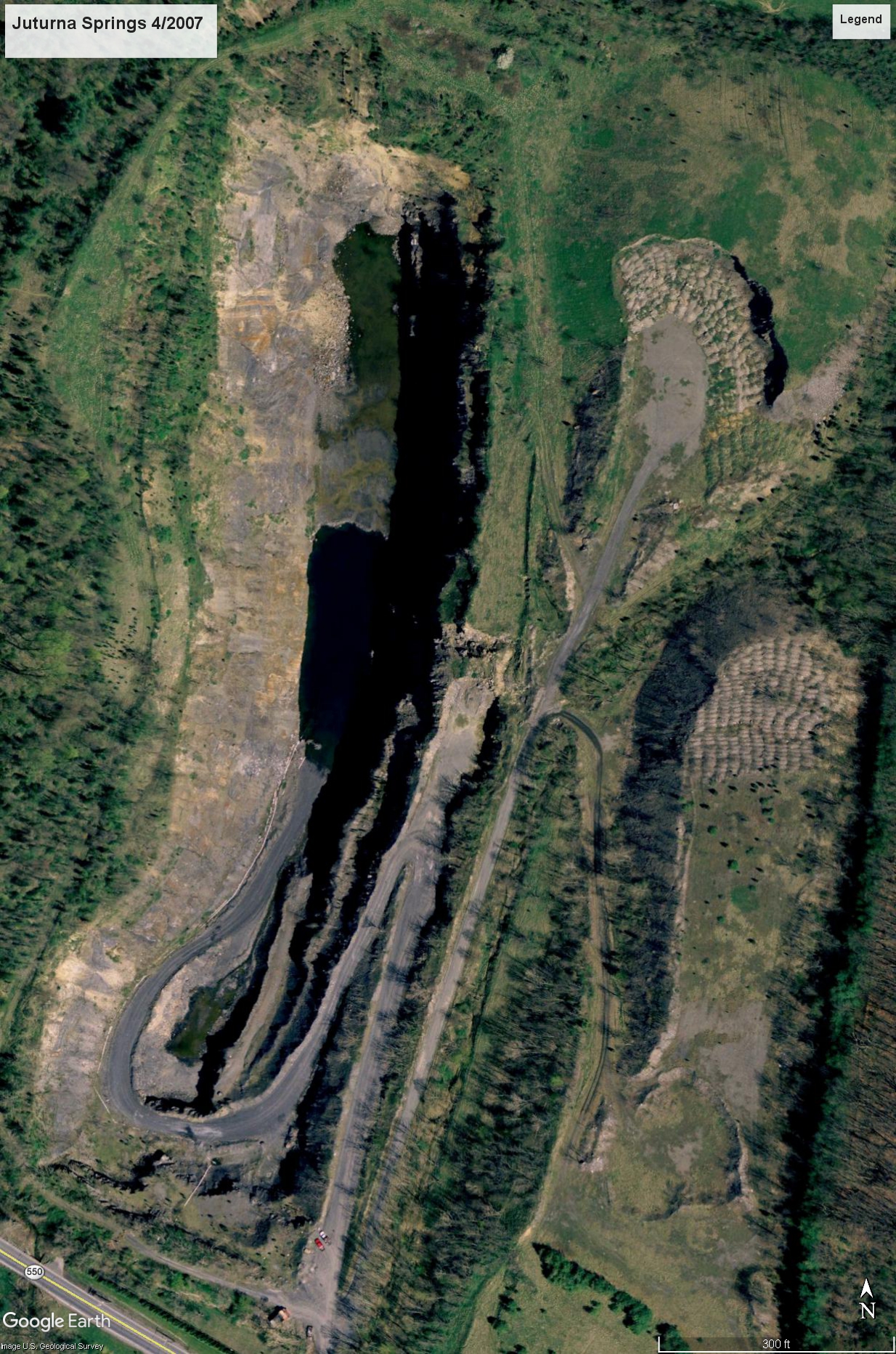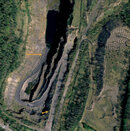It depends upon the situation.
Shallow water diving is easier without a buddy. If you are planning to dive in zero visibility in shallow water such as when collecting golf balls, looking for a lost item, installing a portable coffer dam, etc., a buddy just gets in the way.
When a buddy is required, standard cave diving touch contact signals are what I use. @Danseur and I started a dive in zero visibility in a cave he named Malcolm's Nightmare in the Turks & Caicos. We ran line through a zero visibility sulfur basin into the overhead until we found clear water farther inside. He ran line while leading. I had one hand on his upper arm and another okaying the guideline.
I use cave touch contact signals when visibility becomes temporarily lost as well. The strangest situation in which I've ever had near zero visibility was a "fish out" in North Carolina on the Shurz. Three of us were diving as a team. A mate from the Gypsy Blood, my GUE Tech 1 buddy, and myself found ourselves surrounded by so many fish we couldn't see anything, but a shimmering wall. The mate deployed his reel and we navigated the wreck in touch contact trying to find our way out of the school of fish so we could see the shipwreck. I recall only seeing a few pieces of wood when the fish separated a bit. I remember the movement of the fish made me seasick.
Shallow water diving is easier without a buddy. If you are planning to dive in zero visibility in shallow water such as when collecting golf balls, looking for a lost item, installing a portable coffer dam, etc., a buddy just gets in the way.
When a buddy is required, standard cave diving touch contact signals are what I use. @Danseur and I started a dive in zero visibility in a cave he named Malcolm's Nightmare in the Turks & Caicos. We ran line through a zero visibility sulfur basin into the overhead until we found clear water farther inside. He ran line while leading. I had one hand on his upper arm and another okaying the guideline.
I use cave touch contact signals when visibility becomes temporarily lost as well. The strangest situation in which I've ever had near zero visibility was a "fish out" in North Carolina on the Shurz. Three of us were diving as a team. A mate from the Gypsy Blood, my GUE Tech 1 buddy, and myself found ourselves surrounded by so many fish we couldn't see anything, but a shimmering wall. The mate deployed his reel and we navigated the wreck in touch contact trying to find our way out of the school of fish so we could see the shipwreck. I recall only seeing a few pieces of wood when the fish separated a bit. I remember the movement of the fish made me seasick.






